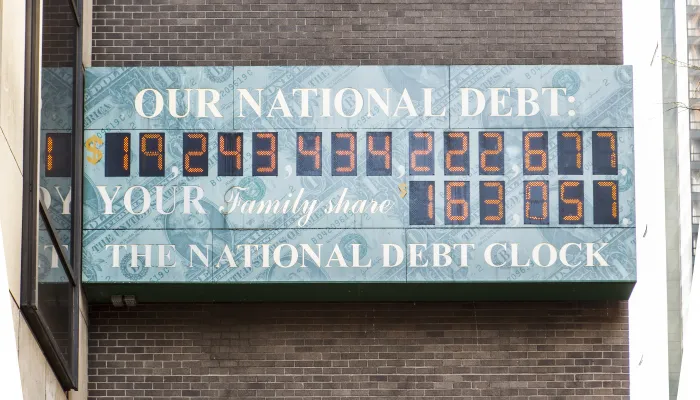MarketWatch: March 28-April 1, 2011
As events continue to develop both at home and abroad -- fiscal, humanitarian and otherwise -- the markets are sending and receiving mixed messages. The world and many economies have been rocked by political unrest, natural disasters, and (in the case of Europe) uncertainties over some countries’ fiscal outlooks. The U.S. government is locked in a fierce budget battle with a shutdown looming, while at the same time new economic data shows that the recovery continues to build momentum -- albeit not as fast as anyone would like.
On the positive side, today’s jobs report estimates that we’ve created 216,000 net jobs in March, including an additional 230,000 net private sector jobs (but 14,000 net job losses in the public sector). Unemployment ticked down a notch to 8.8 percent from 8.9 percent in February. Earlier this week, the Bureau of Labor Statistics reported 3.4 percent average weekly wage growth in the third quarter of 2010 -- compared to 2.9 percent in the previous quarter. Stock indices reacted positively on Friday, but these statistics are still subject to revision. The economy still faces significant headwinds though, given continued high unemployment and that some of the largest sectors -- notably construction and housing -- are still struggling and are far below pre-crisis levels.
At the same time, however, world events are pushing oil prices higher. Prices have now reached $106 per barrel, compared to $91 on January 1st. Along with rising food prices, these increases have been spilling over into other goods and services and could continue doing so throughout the economy -- especially as oil will slowly move into the more expensive “summer blends”. In Europe, Portugal and Ireland continue to face downgrades by rating agencies, based on new budget data and capital positions of some financial institutions, respectively.
Meanwhile, negotiations continue over FY 2011 spending levels here at home. It appears that policymakers may be close to a deal that would cut more than $30 billion this year compared to proposals in the House which would cut over $60 billion from funding levels from the first 5 months of this year. But it is not at all clear that there will be sufficient support to avoid a government shutdown after April 8th (when the current CR expires). A government shutdown could have negative consequences on markets, in particular by calling into question Washington’s ability to agree on important fiscal issues -- including the upcoming debt ceiling debate or our medium-term fiscal situation -- which are critical for both short-term and long-term confidence in U.S. bonds. There has been growing momentum in Washington for dealing with our long-term fiscal problems as evidenced by the recent string of letters and groups (see here, here, and here) calling on key policymakers to lead on bipartisan, multi-year, and comprehensive deficit and debt reduction.
All in all, yields on Treasury Bonds have been stable over the week. Interest rates on long-term bonds remain low, but are still higher on average than what we witnessed during the fall. This seems to reflect more of a strengthening of the economy (and, as a result, the attractiveness of more and more other investment options) than wariness over holding U.S. debt as of now. As time passes and U.S. debt continues to increase, this may change.


